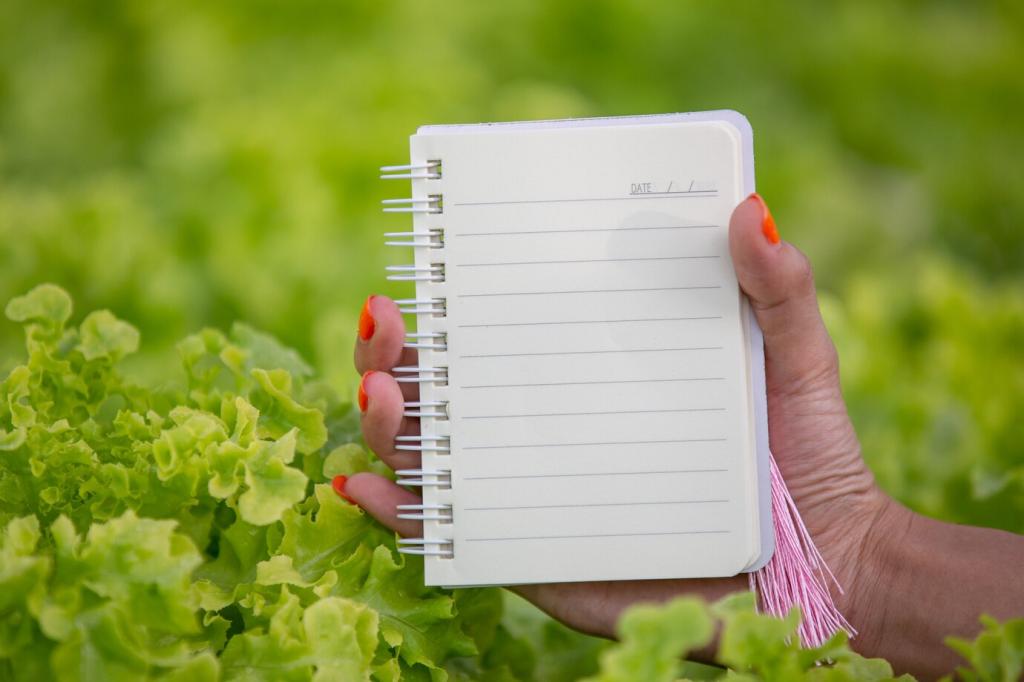Today’s theme: Storytelling Approaches for Eco-Conscious Home Products. Welcome to a space where narratives turn choices into habits, data into meaning, and everyday objects into companions on a more sustainable journey through your kitchen, laundry room, and living spaces.
Founders’ Why: From Frustration to Solution
Share the moment when a dripping bottle of harsh cleaner or brittle plastic brush finally pushed a founder to rethink the status quo. Concrete frustrations, paired with a humble first prototype, transform abstract sustainability into a personal, relatable turning point.
Place-Based Narratives and Material Roots
Trace bamboo to responsibly managed groves or recycled glass to a local remelting facility. Locating materials on a map creates tangible connection, making every use feel like a small handshake with farmers, workers, and stewards who protect shared resources.
The Problem-Solution Arc at Home
Start with a familiar pain—sticky surfaces, cluttered cabinets, wasteful refills—then introduce the eco-conscious answer. Close with a vivid scene of the product in action, so readers can picture solving that problem in their own morning routine.

Data With Heart: Turning Metrics Into Meaning
From Percentages to Pictures
Instead of saying a sponge cuts waste by forty percent, show a weekly trash bag shrinking from full to half-full. Visual metaphors anchor metrics in household experiences readers can see and feel without a calculator.
Life Cycle Stories Without Jargon
Explain that many assessments find the use phase often dominates a product’s footprint. Then narrate how cold-water washing or concentrated formulas reduce energy and packaging, using a simple, friendly timeline from purchase to end-of-life.
Personal Impact Dashboards
Invite readers to track tiny wins: bottles avoided, liters of water saved, kilowatt-hours spared. A monthly email that celebrates their progress turns anonymous data into an ongoing story they co-author with every refill and reuse.
Community Voices: Let Your Customers Co-Author
01
Share how an apartment building started a shared refill station after a hallway chat about overflowing bins. One small pilot became a weekly ritual, and now new tenants learn the system on day one with pride.
02
Invite a reader to film a three-minute kitchen tour showing how refills live alongside spices and tea. Their voice, not yours, becomes the trusted guide—and viewers see authentic storage, real routines, and honest tradeoffs.
03
Ask subscribers to send a paragraph about a habit they changed this month. Feature one story weekly, celebrate experiments that failed forward, and offer gentle prompts so shy voices feel welcome to join the conversation.

Myth-Busting With Empathy, Not Judgment
Compare a durable glass bottle plus refills to recurring single-use purchases using a simple twelve-month scenario. Frame savings as freedom for weekend treats, not sacrifice, and invite readers to calculate their own numbers.



